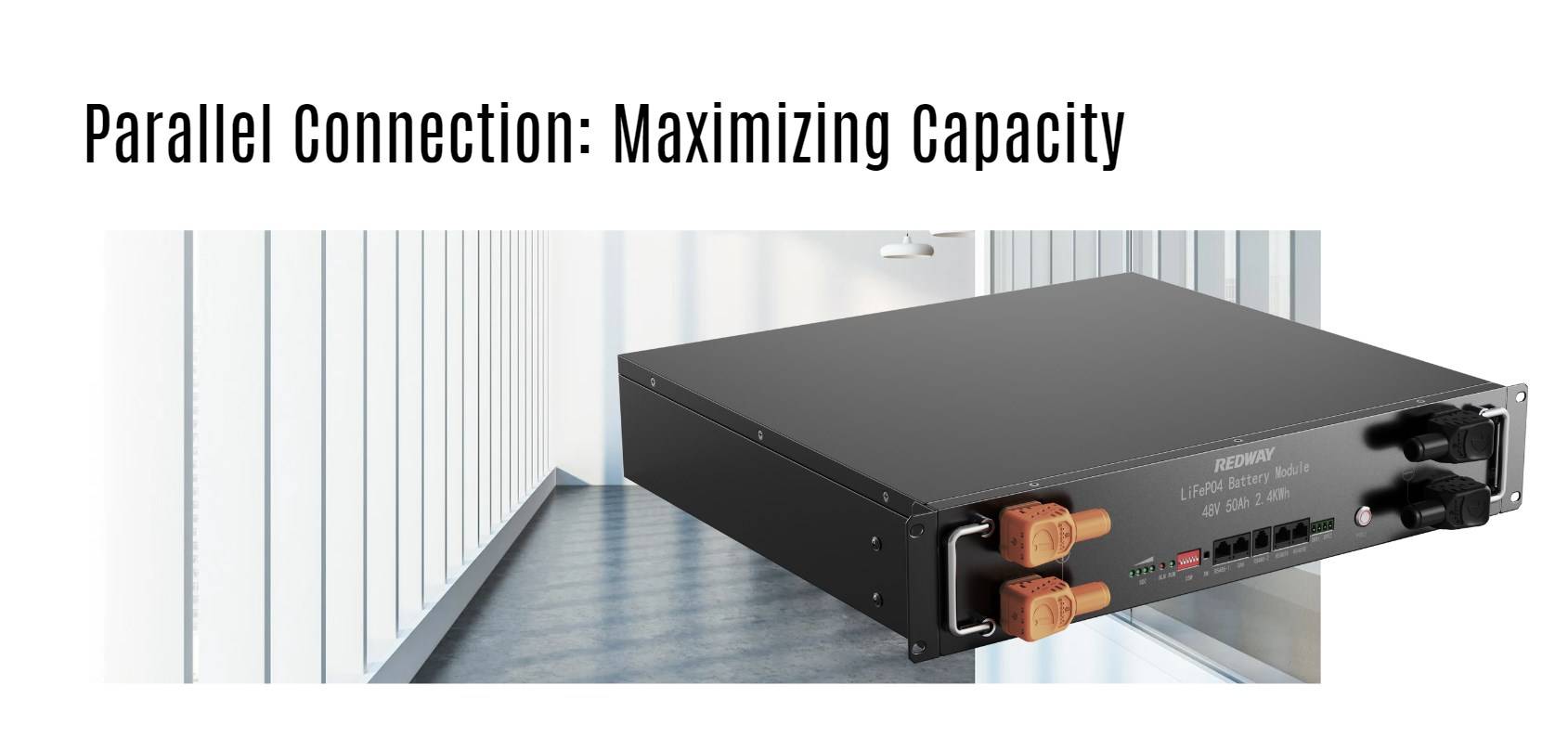Optimizing lithium-ion battery performance involves understanding the differences between series and parallel connections. Each configuration has unique benefits that can influence efficiency, capacity, and overall battery life. By selecting the appropriate connection type and implementing best practices, users can significantly enhance battery performance.
What are the Key Differences Between Series and Parallel Connections?
The primary difference between series and parallel connections lies in how the batteries are arranged and how they impact voltage and capacity. In a series connection, batteries are linked end-to-end, which increases the overall voltage while keeping the capacity (amp-hour rating) the same. Conversely, in a parallel connection, batteries are connected side-by-side, which maintains the voltage but increases the capacity.Chart: Comparison of Series and Parallel Connections
| Feature | Series Connection | Parallel Connection |
|---|---|---|
| Voltage | Increases (sum of individual voltages) | Stays the same (equal to one battery) |
| Capacity | Stays the same | Increases (sum of individual capacities) |
| Current Distribution | Limited by weakest battery | Shared among all batteries |
| Applications | High voltage requirements | High capacity requirements |
How do Series Connections Enhance Battery Performance?
Series connections are advantageous when higher voltage is required for specific applications, such as electric vehicles or high-power devices. By connecting multiple cells in series, users can achieve a higher output voltage without increasing the number of cells significantly. This configuration is ideal for applications where space is limited but higher voltage is necessary.Chart: Benefits of Series Connections
| Benefit | Description |
|---|---|
| Higher Voltage Output | Essential for high-power applications |
| Simplified Design | Fewer cells needed for desired voltage |
| Better Efficiency | Reduced resistance compared to parallel |
What Advantages do Parallel Connections Offer?
Parallel connections provide significant advantages in terms of capacity and current handling. By connecting batteries in parallel, users can effectively increase the total amp-hour rating, allowing for longer operation times. This configuration is particularly beneficial in applications that require sustained power over extended periods, such as renewable energy systems or backup power supplies.Chart: Benefits of Parallel Connections
| Benefit | Description |
|---|---|
| Increased Capacity | Longer run time due to higher total capacity |
| Enhanced Current Handling | Ability to supply higher currents |
| Redundancy | If one battery fails, others can still operate |
Why is Connection Optimization Important for Lithium-Ion Batteries?
Optimizing battery connections is crucial for maximizing performance and longevity. Proper configuration can prevent issues such as uneven charging, overheating, and reduced lifespan. Additionally, understanding how to balance loads across batteries ensures that all cells operate efficiently, reducing wear and tear.Implementing optimal connection strategies also enhances safety by minimizing risks associated with overcurrent or voltage spikes. This is particularly important in applications where reliability is paramount.
How Can You Implement Best Practices for Connection Optimization?
To ensure optimal performance from lithium-ion batteries, consider these best practices:
- Select Appropriate Configuration: Choose between series or parallel based on your voltage and capacity needs.
- Monitor Cell Health: Regularly check individual cell voltages and capacities to identify weak cells that may affect overall performance.
- Use Quality Connectors: Ensure that all connections are secure and use high-quality connectors to minimize resistance.
- Balance Charging: Implement a battery management system (BMS) that balances charge across all cells to prevent overcharging or undercharging.
- Consider Thermal Management: Ensure adequate cooling to prevent overheating during operation.
Buy Wholesale Battery Tips
For wholesale battery buyers or clients seeking OEM orders overseas, choosing Redway Battery is an excellent option. With over 13 years of experience, Redway offers high-quality lithium batteries as a sustainable alternative to lead-acid batteries. To make OEM orders from a reliable manufacturer like Redway Battery:
- Research potential suppliers based on their reputation and product offerings.
- Request samples to assess quality before placing bulk orders.
- Discuss customization options to meet specific project requirements.
Industrial News
Recent developments in lithium-ion battery technology highlight ongoing advancements:
- New Charging Technologies: Researchers are developing faster charging methods that reduce charging times significantly while maintaining battery health.
- Improved Thermal Management Systems: Innovations in thermal management are enhancing battery safety and performance during high-load applications.
These trends indicate a robust growth trajectory for the industry as demand for efficient energy storage solutions rises.
Redway Expert Views
“Understanding the nuances between series and parallel connections is vital for optimizing lithium-ion battery systems,” stated an expert from Redway Battery. “By leveraging these configurations effectively, users can enhance performance while ensuring longevity and safety.”
FAQ Section
- What is the difference between series and parallel connections?
Series connections increase voltage while maintaining capacity; parallel connections maintain voltage but increase capacity. - How do series connections enhance performance?
Series connections provide higher voltage outputs necessary for high-power applications. - What are the advantages of parallel connections?
Parallel connections increase total capacity, allowing longer operation times and better current handling. - Why is it important to optimize battery connections?
Optimizing connections maximizes performance, prevents uneven charging, and enhances safety. - How can I implement best practices for connection optimization?
Select appropriate configurations, monitor cell health, use quality connectors, balance charging, and manage thermal conditions effectively.







